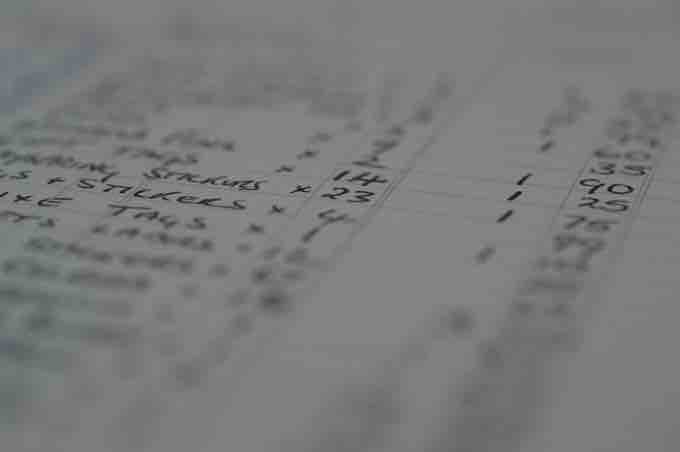Inputs to Accounting
Journal Entries
In accounting, a journal entry is a logging of transactions into accounting journal items. The journal entry can consist of several items, each of which is either a debit or a credit. The total of the debits must equal the total of the credits or the journal entry is said to be "unbalanced. " Journal entries can record unique items or recurring items such as depreciation or bond amortization. Some data commonly included in journal entries are: journal entry number; batch number; type (recurring vs. nonrecurring); amount of money, name, auto-reversing; date; accounting period; and description.
The balance sheet is a statement showing net worth on a particular date. Journal entries are used to record injections and ejections to such net worth. After recording the transactions through journal entries the revised balance sheet can be prepared.
Journal entries are an easier means for perpetrating financial statement fraud than adjusting the subledgers. The former requires only a management override, while the latter requires collusion with other departments. False journal entries figured prominently in the frauds at WorldCom, Cendant, and Xerox.
Bookkeeping

Bookkeeping
Bookkeeping is the recording of financial transactions, includng sales, purchases, income, receipts and payments by an individual or organization.
In accounting, the two bookkeeping methods are the single-entry and double-entry bookkeeping systems. For modern day purposes, it is most important to know the double-entry bookkeeping system.
The 'basic accounting equation' is the foundation for the double-entry bookkeeping system. For each transaction, the total debits equal the total credits.
Bookkeeping is the recording of financial transactions. Transactions include sales, purchases, income, receipts and payments by an individual or organization. Bookkeeping is usually performed by a bookkeeper. Many individuals mistakenly consider bookkeeping and accounting to be the same thing. This confusion is understandable because the accounting process includes the bookkeeping function, but is just one part of the accounting process.
The accountant creates reports from the recorded financial transactions recorded by the bookkeeper and files forms with government agencies. There are some common methods of bookkeeping such as the single-entry bookkeeping system and the double-entry bookkeeping system. However, while these systems may be seen as "real" bookkeeping, any process that involves the recording of financial transactions is a bookkeeping process. A bookkeeper (or book-keeper), also known as an accounting clerk or accounting technician, is a person who records the day-to-day financial transactions of an organization.
A bookkeeper is usually responsible for writing the "daybooks. " The daybooks consist of purchases, sales, receipts, and payments. The bookkeeper is responsible for ensuring all transactions are recorded in the correct day book, suppliers ledger, customer ledger, and general ledger. The bookkeeper brings the books to the trial balance stage. An accountant may prepare the income statement and balance sheet using the trial balance and ledgers prepared by the bookkeeper.
The General Ledger

Journals to Ledgers
The general ledger works as a central repository for accounting data transferred from all sub-ledgers or modules like accounts payable, accounts receivable, cash management, fixed assets, purchasing, and projects.
General Ledger is the final repository of the accounting records and data. In modern accounting softwares or ERP, the general ledger works as a central repository for accounting data transferred from all sub-ledgers or modules like accounts payable, accounts receivable, cash management, fixed assets, purchasing, and projects. General ledger is the backbone of any accounting system which holds financial and non-financial data for an organization. The statement of financial position and the statement of income and comprehensive income are both derived from the general ledger.
Each account in the general ledger consists of one or more pages. The general ledger is where posting to the accounts occurs. Posting is the process of recording amounts as credits, (right side), and amounts as debits, (left side), in the pages of the general ledger. Additional columns to the right hold a running activity total (similar to a checkbook). The listing of the account names is called the chart of accounts. The extraction of account balances is called a trial balance. The purpose of the trial balance is, at a preliminary stage of the financial statement preparation process, to ensure the equality of the total debits and credits.
The general ledger should include the date, description, and balance or total amount for each account. It is usually divided into at least seven main categories. These categories generally include assets, liabilities, owner's equity, revenue, expenses, gains, and losses. The main categories of the general ledger may be further subdivided into subledgers to include additional details of such accounts as cash, accounts receivable, accounts payable, etc.